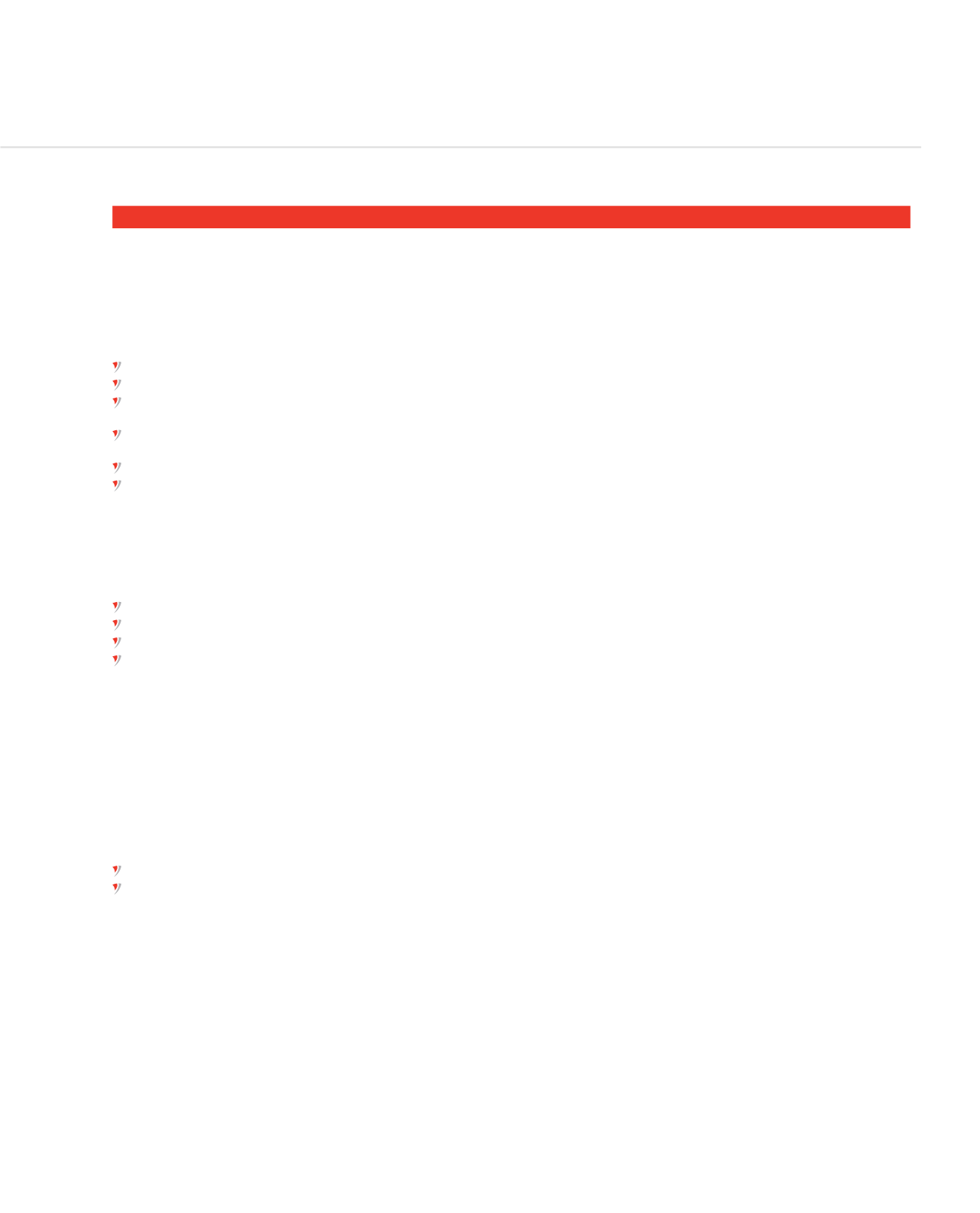

AfrAsia Bank Limited and its Group Entities
Annual Report 2015
page 195
noteS to the finanCial StatementS
for the year ended 30 June 2015
2. ACCOUNTING POLICIES (CONTINUED)
2.3 Changes in accounting policies and disclosures (Continued)
New and amended standards and interpretations (Continued)
Annual Improvements 2010-2012 Cycle - effective 1 July 2014
The annual improvements 2010-2012 cycle make amendments to the following standards:
IFRS 2 - Amends the definitions of ‘vesting condition’ and ‘market condition’ and adds definitions for ‘performance condition’ and ‘service condition’;
IFRS 3 - Require contingent consideration that is classified as an asset or a liability to be measured at fair value at each reporting date;
IFRS 8 - Requires disclosure of the judgements made by management in applying the aggregation criteria to operating segments, clarify reconciliations of segment
assets only required if segment assets are reported regularly;
IFRS 13 - Clarify that issuing IFRS 13 and amending IFRS 9 and IAS 39 did not remove the ability to measure certain short-term receivables and payables on an
undiscounted basis (amends basis for conclusions only);
IAS 16 and IAS 38 - Clarify that the gross amount of property, plant and equipment is adjusted in a manner consistent with a revaluation of the carrying amount; and
IAS 24 - Clarify how payments to entities providing management services are to be disclosed.
These amendments do not have any impact on the financial statements.
Annual Improvements 2011-2013 Cycle – effective 1 July 2014
The annual improvements 2011-2013 cycle make amendments to the following standards:
IFRS 1 - Clarify which versions of IFRSs can be used on initial adoption (amends basis for conclusions only);
IFRS 3 - Clarify that IFRS 3 excludes from its scope the accounting for the formation of a joint arrangement in the financial statements of the joint arrangement itself;
IFRS 13 - Clarify the scope of the portfolio exception in paragraph 52; and
IAS 40 - Clarifying the interrelationship of IFRS 3 and IAS 40 when classifying property as investment property or owner-occupied property.
These amendments do not have any impact on the financial statements.
IFRIC 21 Levies - effective 1 January 2014
Provides guidance on when to recognise a liability for a levy imposed by a government, both for levies that are accounted for in accordance with IAS 37 Provisions,
Contingent Liabilities and Contingent Assets and those where the timing and amount of the levy is certain.
The interpretation identifies the obligating event for the recognition of a liability as the activity that triggers the payment of the levy in accordance with the relevant
legislation.
It provides the following guidance on recognition of a liability to pay levies:
the liability is recognised progressively if the obligating event occurs over a period of time; and
if an obligation is triggered on reaching a minimum threshold, the liability is recognised when that minimum threshold is reached.
This new interpretation had no impact on the Group.
















